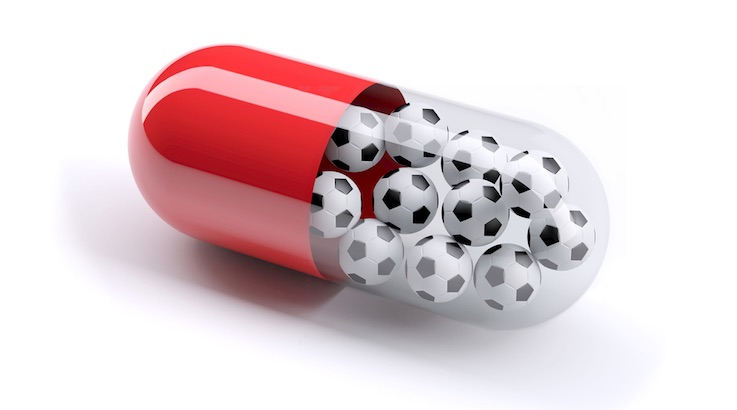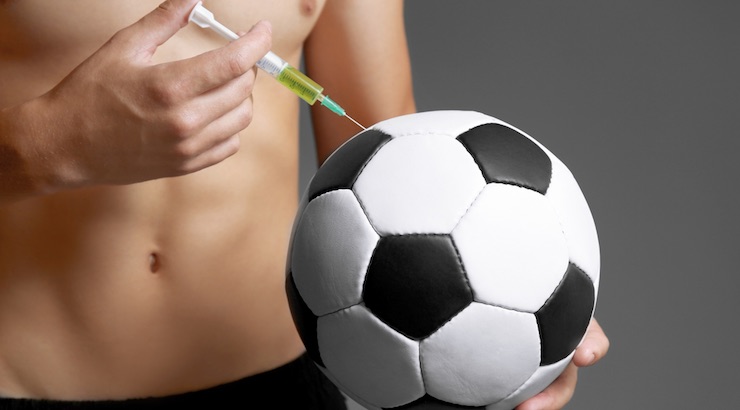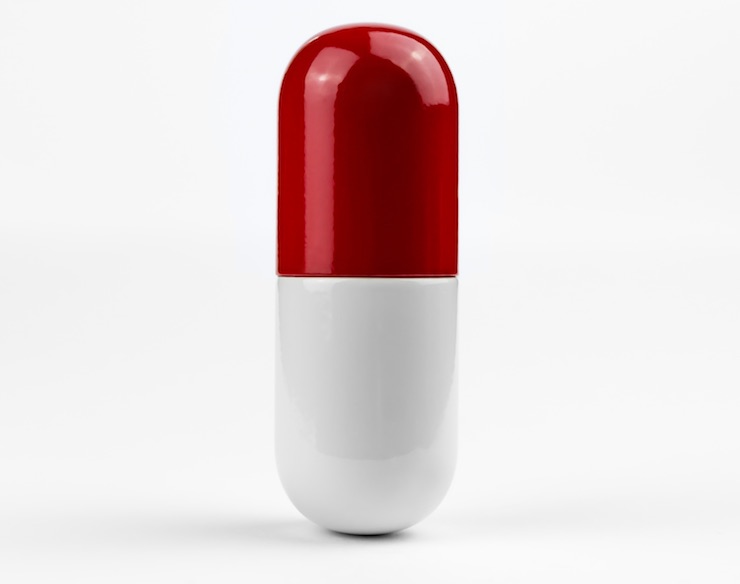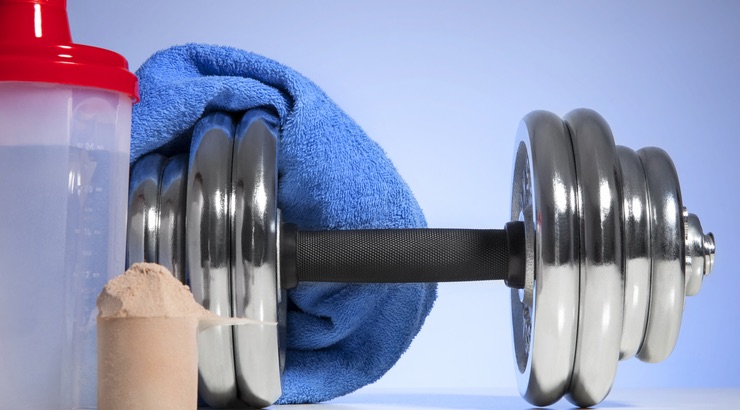John Gallucci Jr. on What Are Steroids:
Performance-enhancing drugs are not new but while they have been around forever, becoming a “cheater” and testing positive for a banned substance usually ruins an athletes career. Just think of all the P.E.D. (performance-enhancing drug) scandals, starting with the famous cyclist Lance Armstrong.
As youth soccer players try to get a competitive edge — they might think of using steroids, which are often used illegally to build muscle. While a soccer player might think trying steroids is harmless, the adverse side effects can be devastating.
Here is great advice from John Gallucci Jr., MLS Medical Coordinator and medical analyst for coverage of the 2015 FIFA Women’s World Cup.
Related Article: Preventing Injuries In Soccer & Why Goalies Are Different
No parent wants to believe their child could get involved with steroids, but the numbers don’t lie.
In November 2012, a Minnesota study found that nearly 5% of middle school and high school students had experimented with steroids as a way to gain muscle.
Why Steroids Are Terrible
Steroids are powerful drugs taken to enhance sports performance. Anabolic-androgenic steroids are man-made substances related to the male sex hormone testosterone.
Anabolic refers to the building of muscle, while androgenic refers to increased masculine characteristics. Anabolic steroids are the most common type of steroid abused by athletes who want to be bigger, faster and stronger. They can be taken orally or injected and are typically taken in cycles.
Low doses of anabolic steroids are used in various medical treatments for the good of the patient and are, in fact, FDA approved for that use.

A particularly dangerous class of anabolic steroids is “designer drugs:” synthetic steroids created to be undetectable by current drug tests. They are made specifically for athletes and have no approved medical use.
Youth Soccer Players: RISKS OF STEROIDS
IN ADOLESCENTS: Growth halted prematurely, accelerated puberty changes.
IN GENERAL: Liver tumors, cancer, jaundice, fluid retention, high blood pressure, increase in LDL (bad cholesterol), decrease in HDL (good cholesterol), kidney tumors, severe acne, trembling.
Injected steroids increase the risk of contracting or transmitting HIV/AIDS or hepatitis.
PSYCHIATRIC EFFECTS: Aggression, rage, mood swings, violence, depression, delusions, irritability and invincibility traits.
OTHER PERFORMANCE-ENHANCING DRUGS
Youth Soccer Players: ANDROSTENEDIONE
“Andro” is a hormone produced by the adrenal glands, ovaries and testes. Athletes use andro to increase their testosterone levels so they can train harder and recover more quickly.
Studies refute these claims, and the science actually proves the andro is more quickly converted to estrogen, the primary hormone in females.
Youth Soccer Players: HUMAN GROWTH HORMONE
“HGH” is a hormone that has an anabolic, or muscle-building, effect.
Athletes take it to increase muscle mass and improve performance.
Youth Soccer Players: BLOOD DOPING
Blood doping is the practice of illicitly boosting the number of red blood cells (RBCs) in the circulation in order to enhance athletic performance.
Because they carry oxygen from the lungs to the muscles, more RBCs in the blood can improve an athlete’s aerobic capacity and stamina. RBC concentration is commonly expressed as hematocrit, which is the fraction of blood cells that are RBCs.
Youth Soccer Players: SUPPLEMENTS
Dietary supplements are often taken by athletes to increase their intake of vitamins, minerals, fatty acids and amino acids to aid in muscle production, performance and recovery. Some common supplements include creatine, glutamine, protein and weight-gainer powders and growth hormone boosters.
Most supplements are not approved by the FDA.
Supplements can lead to a variety of side effects, from stomach irritation and kidney problems to heart and liver damage.
Unless a doctor or nutritionist is telling you your son or daughter needs some sort of nutritional supplement to add some vitamin or mineral elements to their diet, it’s important to stay away from all supplementation.
How Can I Prevent My Child From Using Performance-Enhancing Drugs?
Take a proactive approach when dealing with important issues such as the PEDs and their side effects.
Utilizing teachable moments and opening up the discussion floor to your child’s opinions about substance use and abuse and the health risks associated with PED abuse during your family’s daily routine may ease your child’s fears of coming to you.
If your child or teen is uncomfortable talking to you, they may go to another source, such as the internet or their friends, and these sources could be unreliable.
Communicate and Educate
Be clear about your expectations of your child. Be direct when speaking to your child and be an advocate for the reasons why you believe PED use is wrong. Help your child understand the risks of PED abuse and offer healthier alternatives that your child may utilize to obtain the goals they have set for themselves.
Bringing up current events, such as athletes in the news for PED abuse, may help introduce the topic and help ensure your child understands the dangers and possible legal trouble that may be involved.
More importantly, show and express your love and support for your child, especially on days when your child does not perform well, to help your child build confidence and a positive outlook on and off the playing field.
WHAT DO YOU DO IF YOU THINK YOUR CHILD IS ABUSING PERFORMANCE-ENHANCING DRUGS?
If you believe your child is using PEDs, it is very important to intervene quickly and make it clear to your child that you no longer want him or her using the PED.
Allow your child the opportunity to express his or her reasoning for experimenting or using the drug before educating them about the short and long term health risks, the consequences involved with cheating and possible legal troubles that could result.
During the reactive stage, you may also want to monitor your child’s behavior and activities.
Signs to watch out for include unaccounted-for spending, extreme concern about athletic performance and the need to win, obsessive behavior over their physical appearance and drastic physical changes in a short period of time.
Lastly, recruit outside help from your family physician or other health care provider certified in dealing with substance abuse who can help you throughout this process.

For more information in regards to common injuries and rehabilitation, please be sure to check out Soccer Injury Prevention and Treatment: A Guide to Optimal Performance for Players, Parents, and Coaches written by John Gallucci Jr., MS, ATC, PT, DPT.
John Gallucci’s book is available on Amazon on his JAG Physical Therapy site.
RELATED ARTICLES: In Soccer: What To Expect While Recovering; ACL INJURIES: Why Female Soccer Players Are At Greater Risk & What You Can Do









